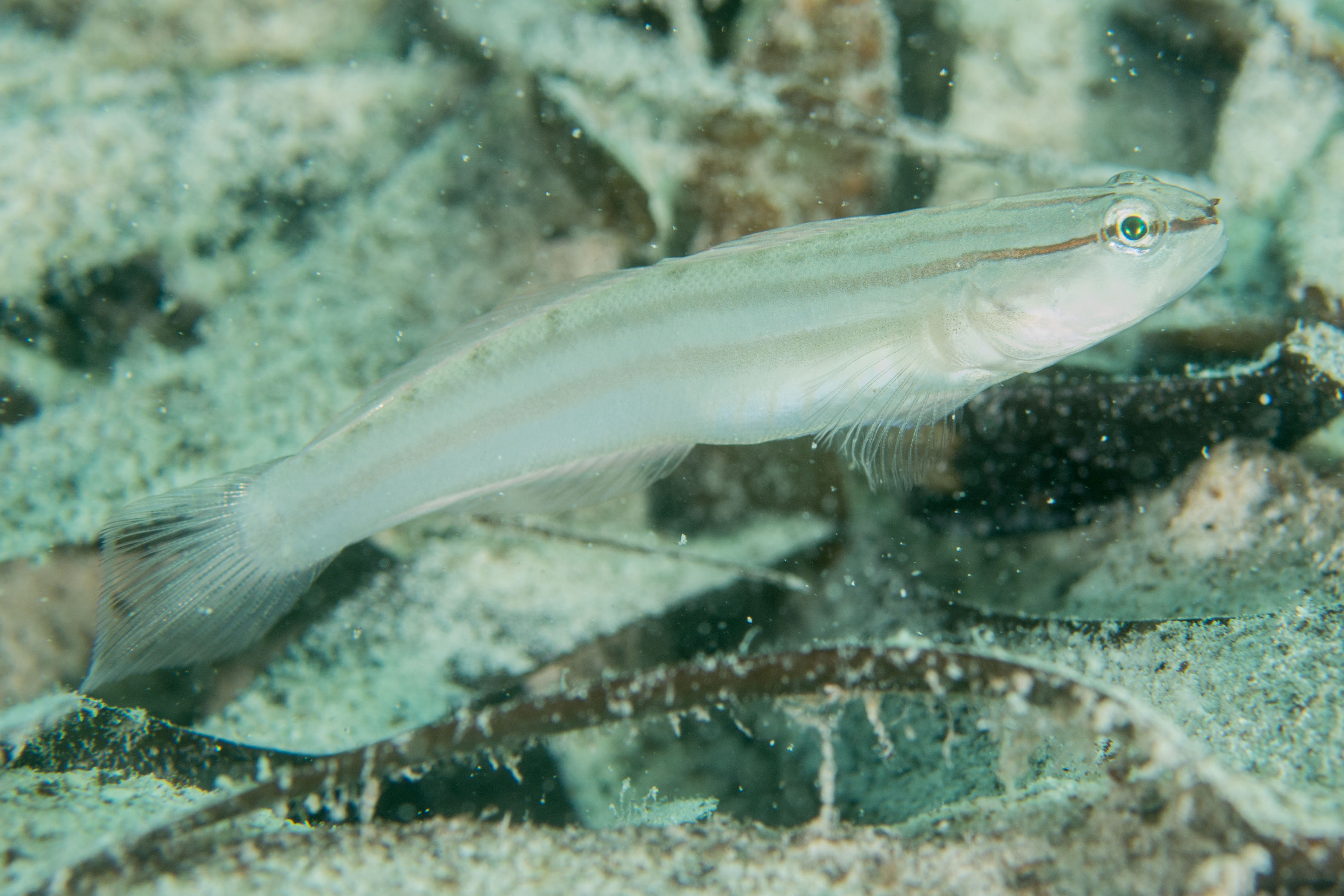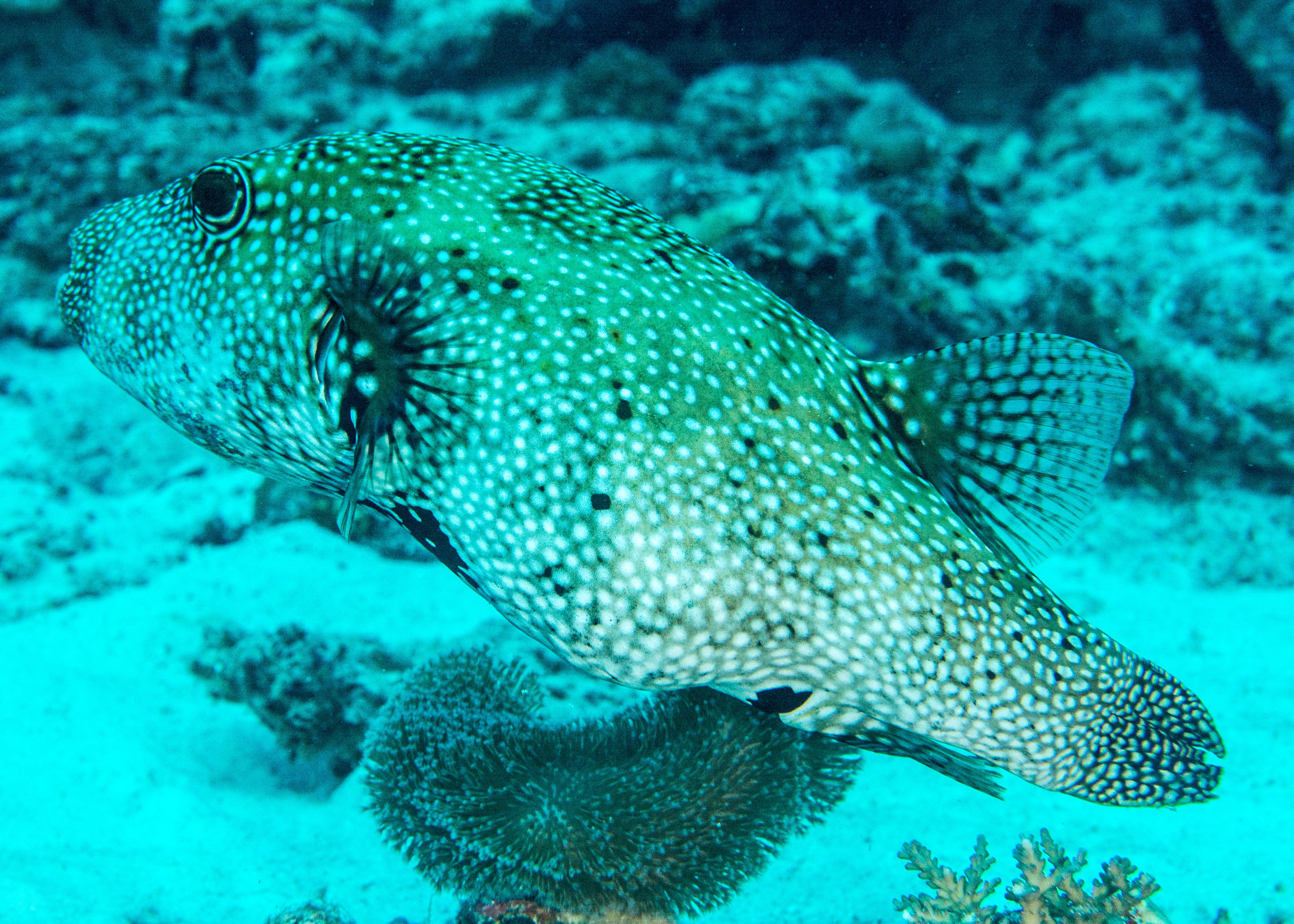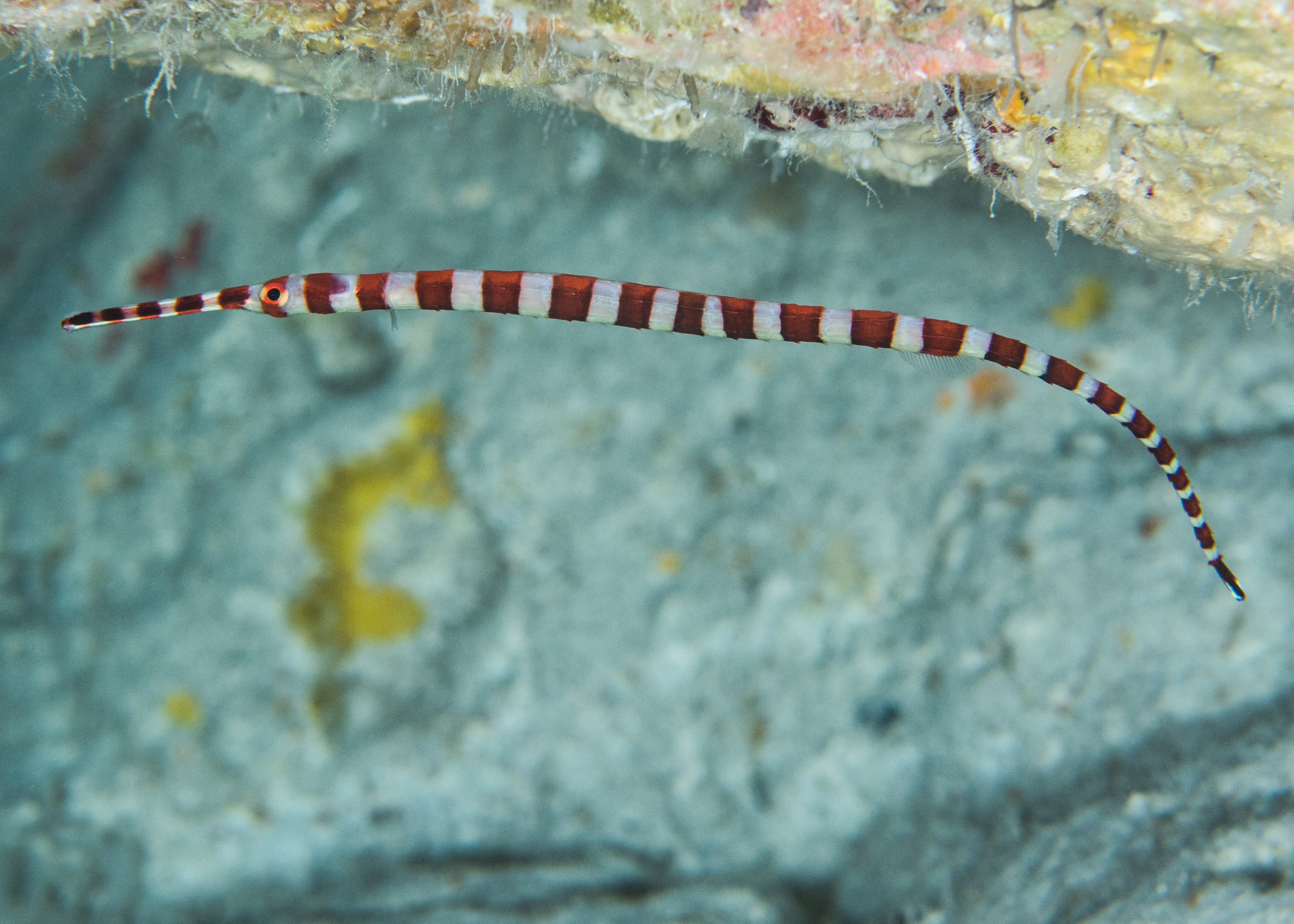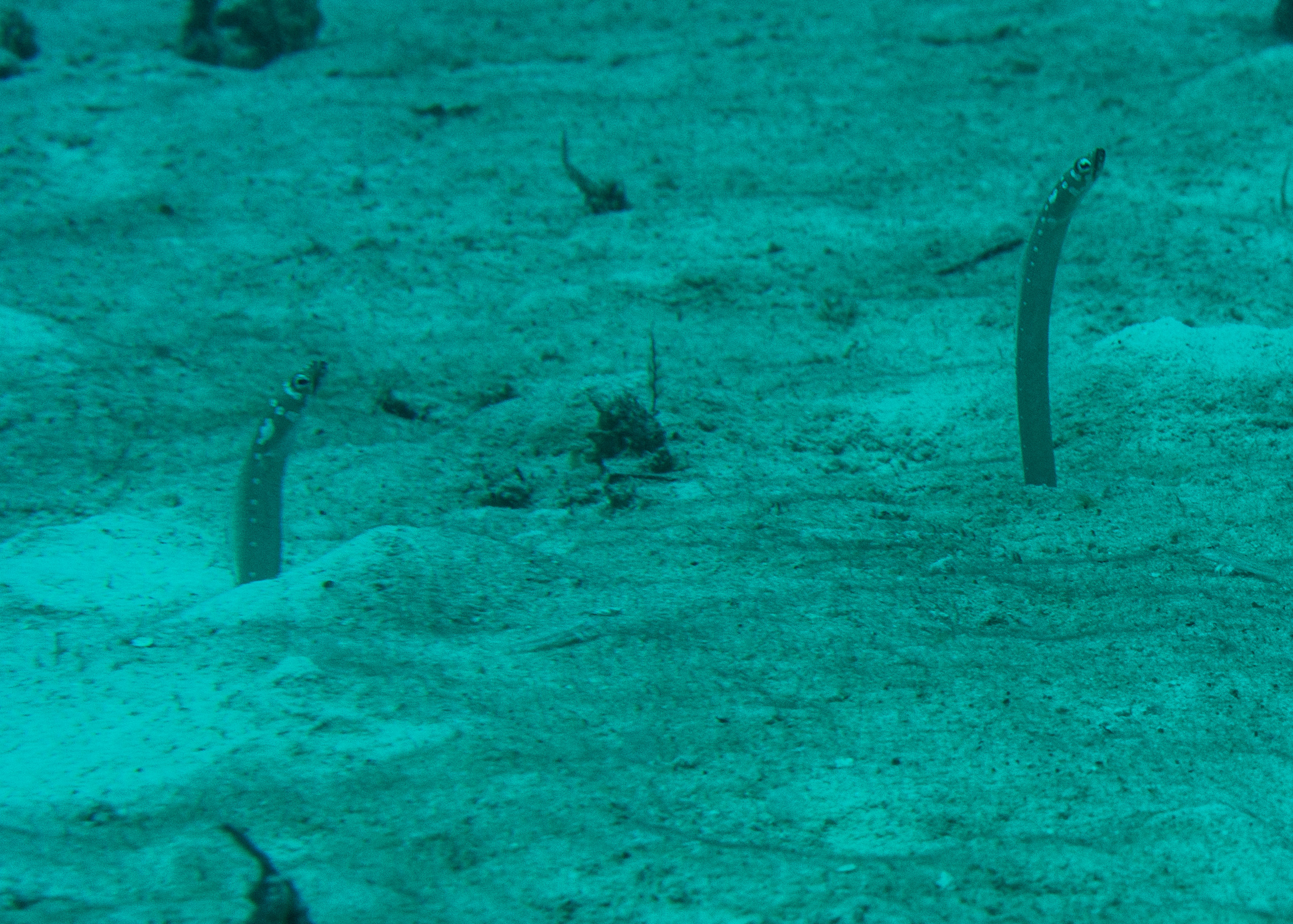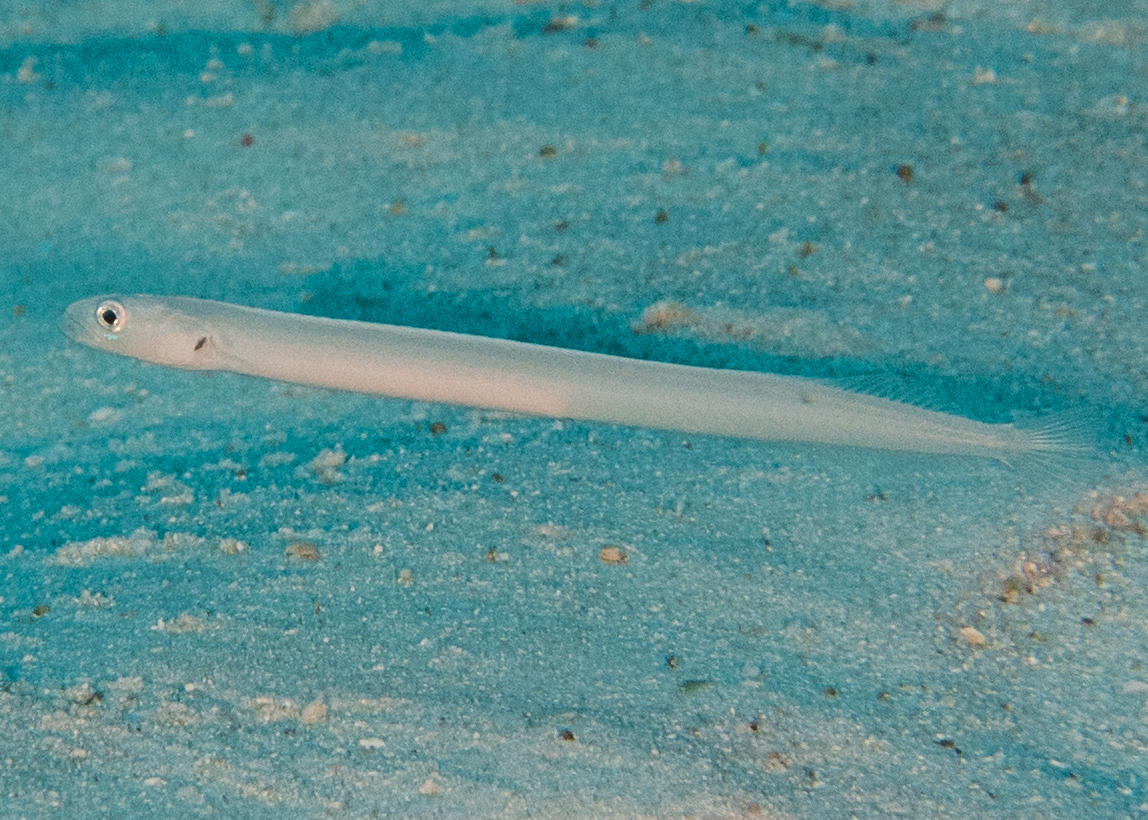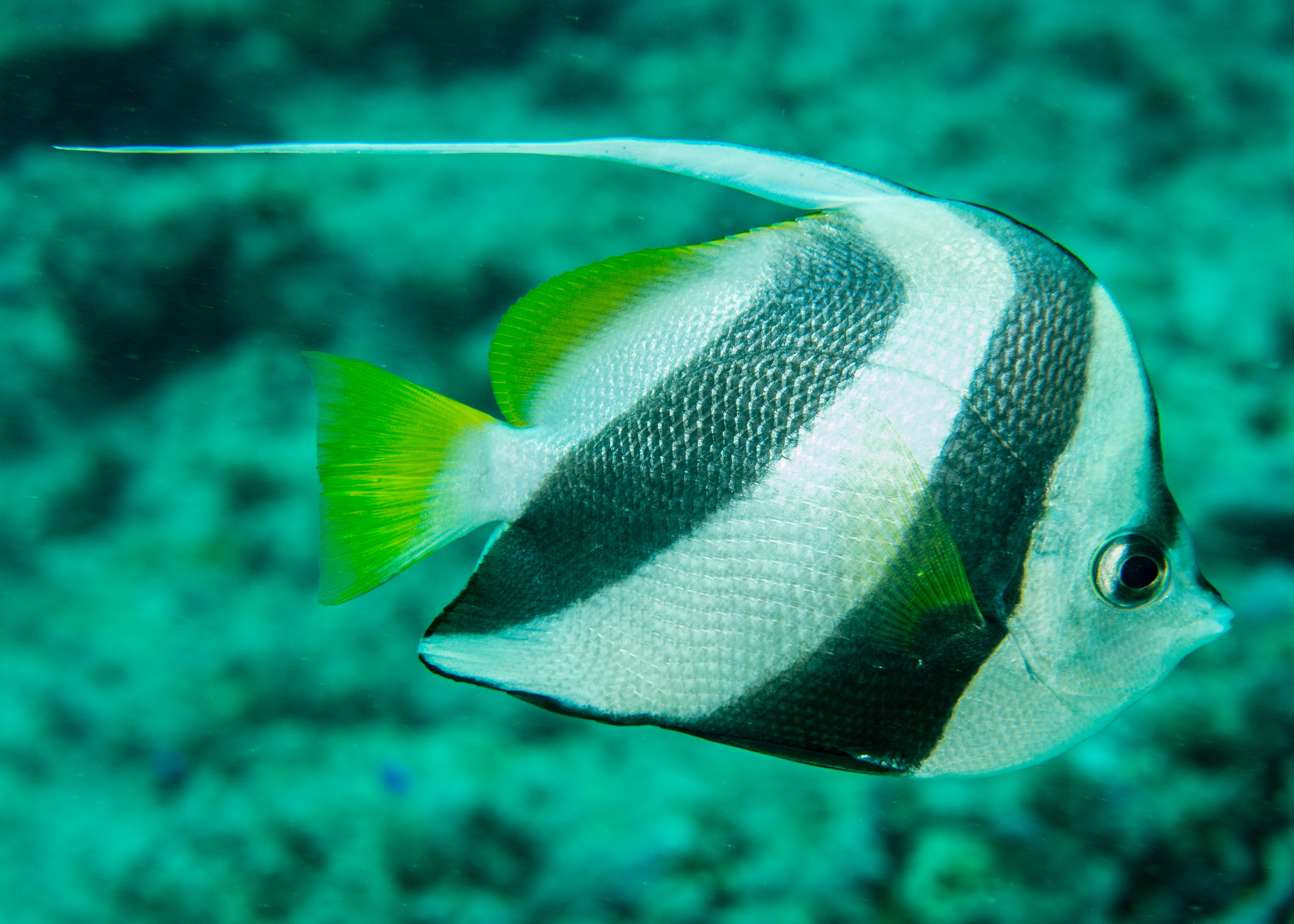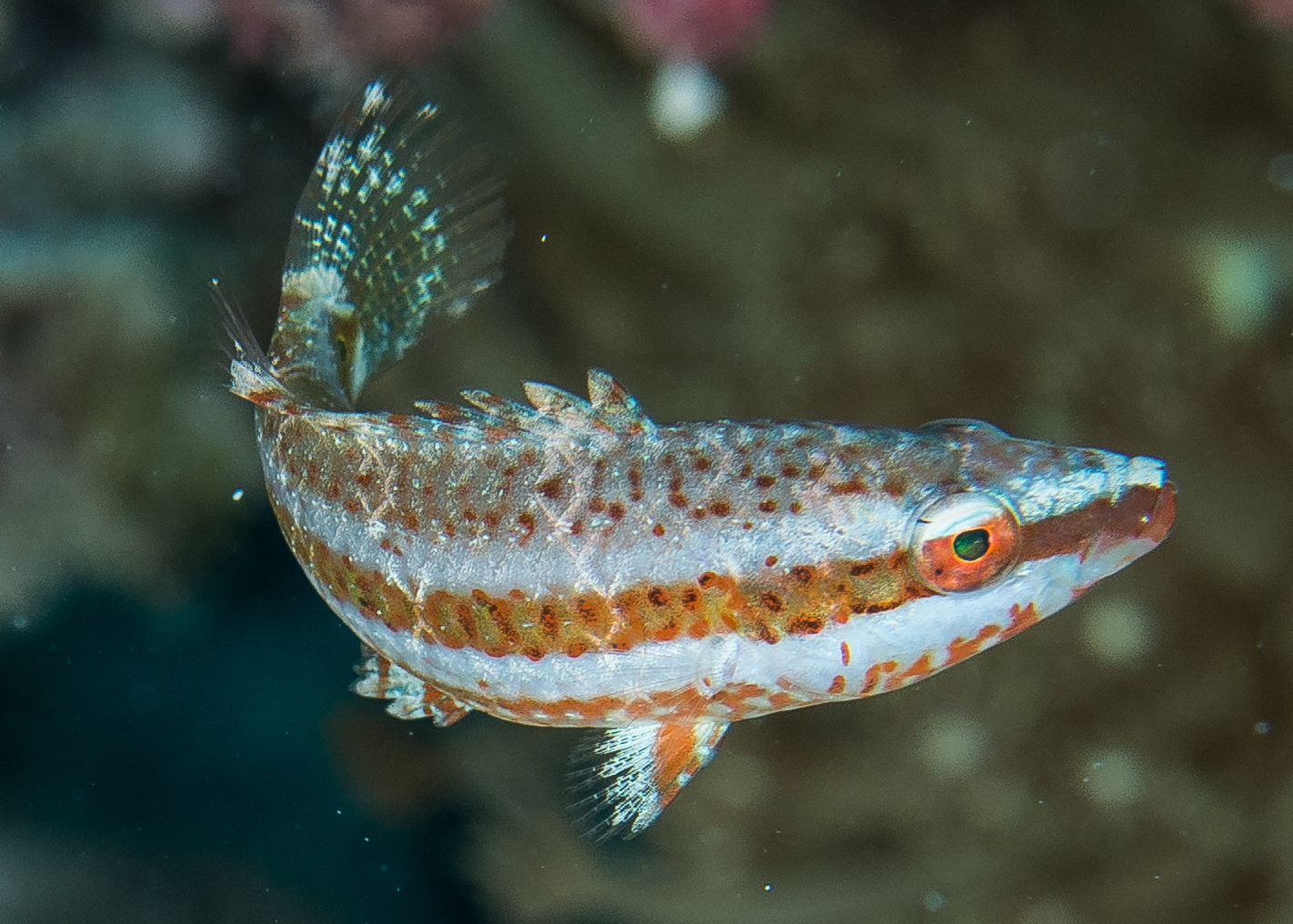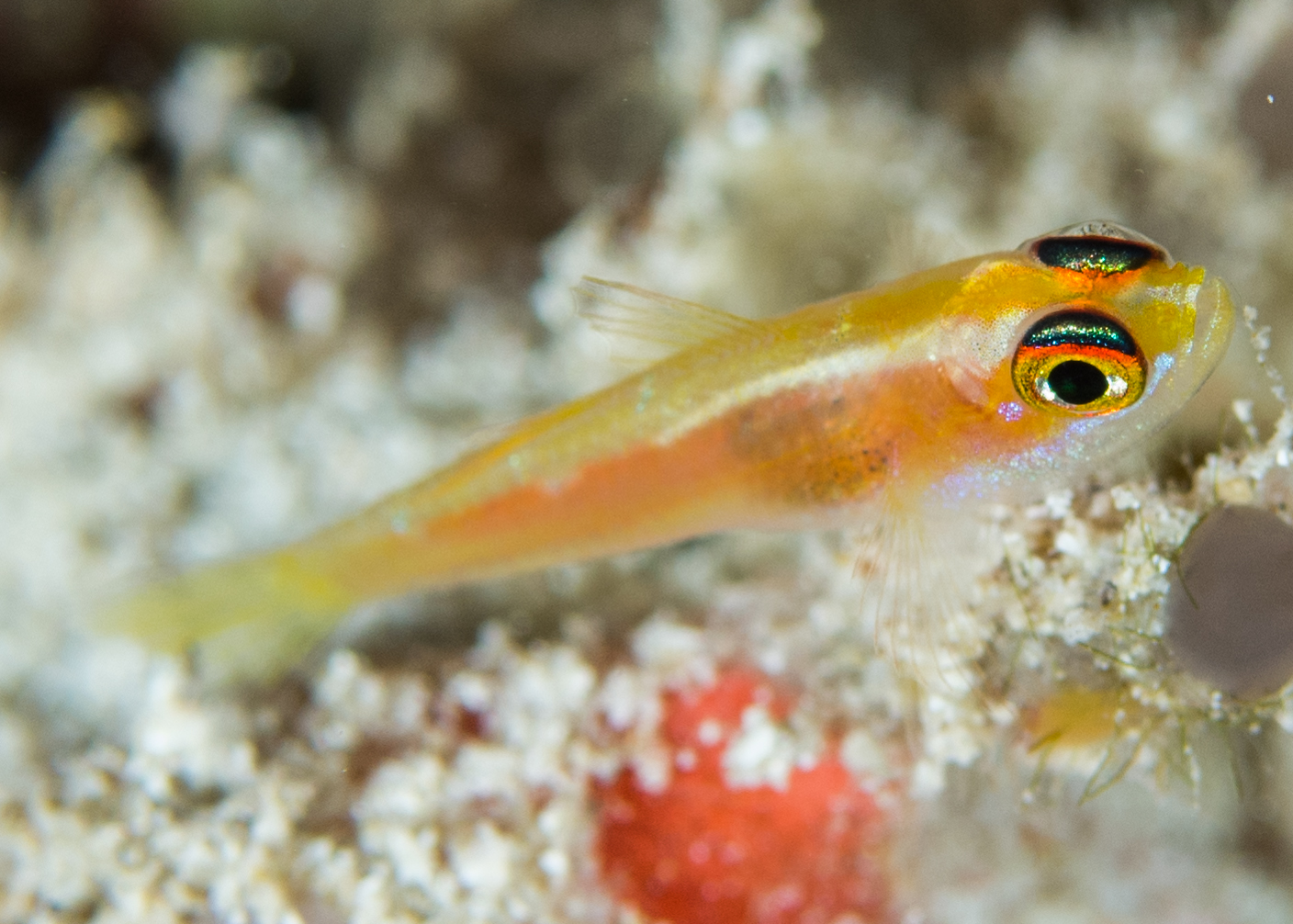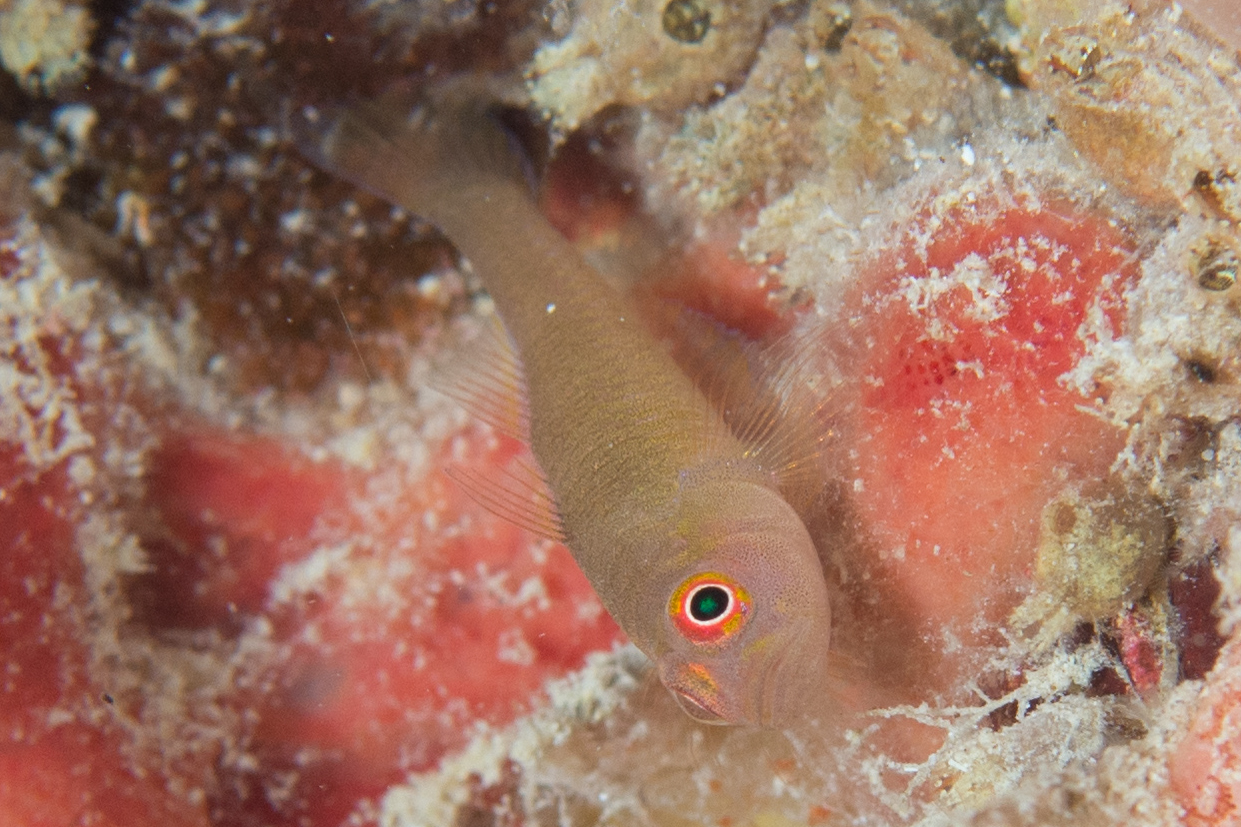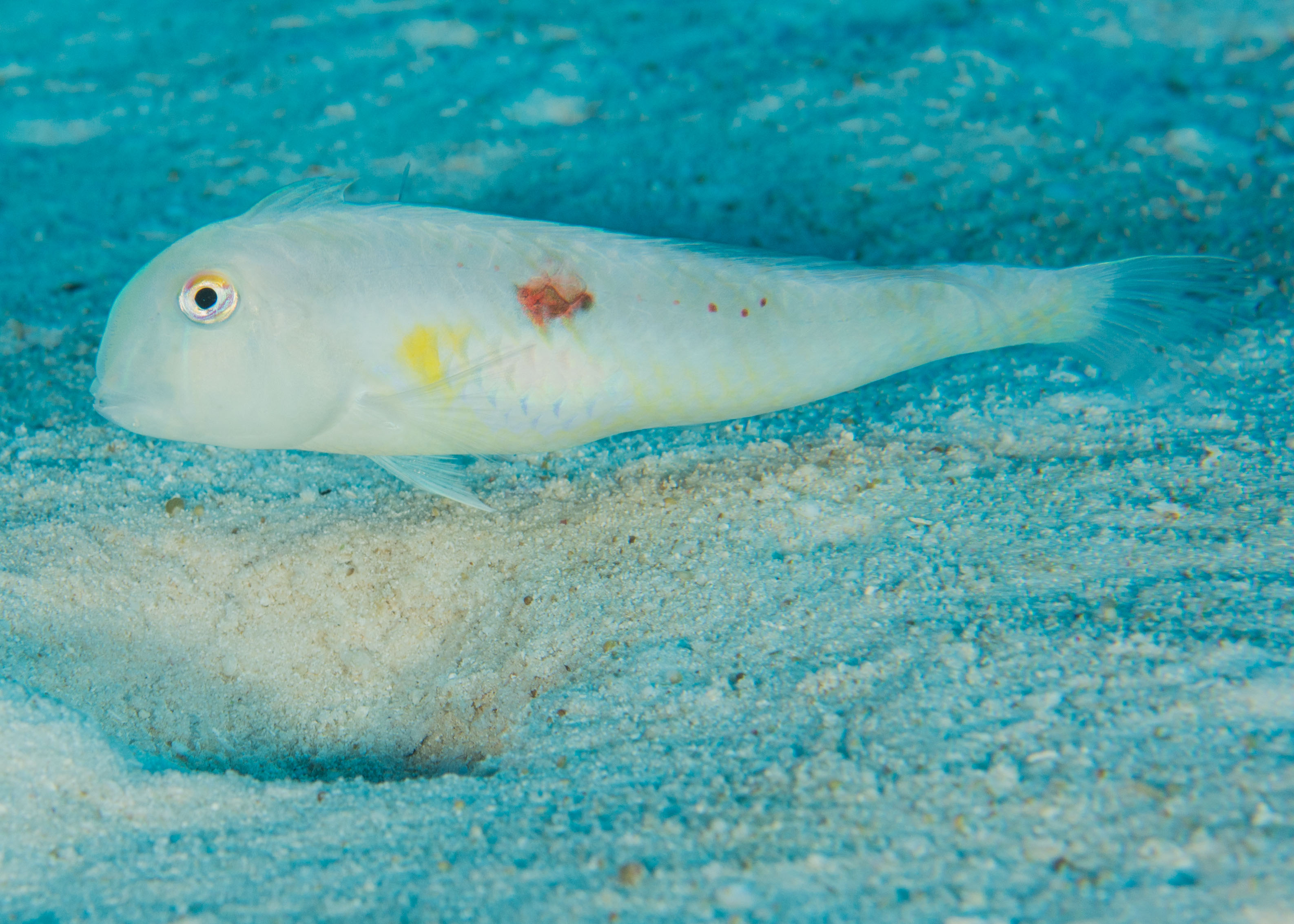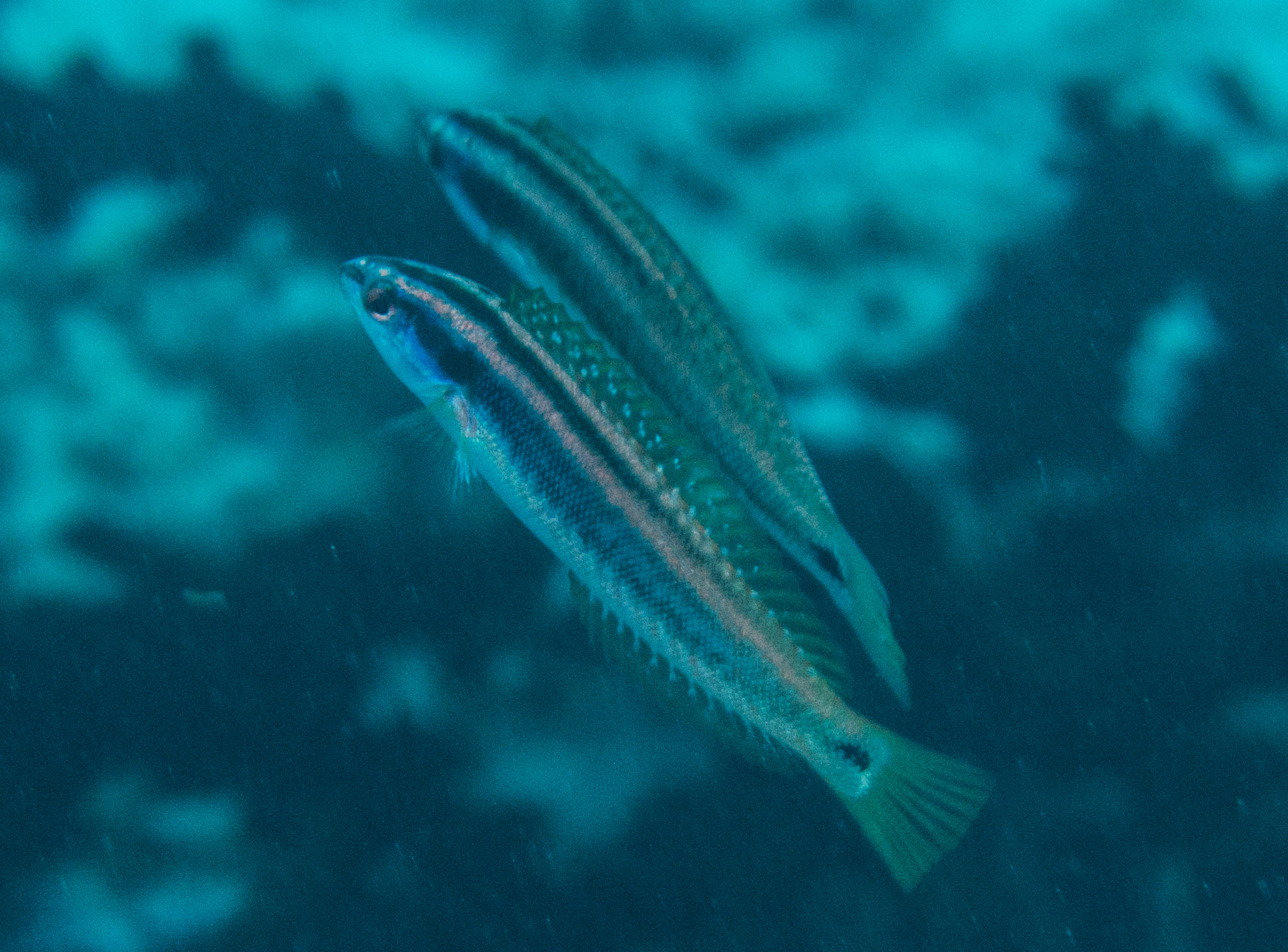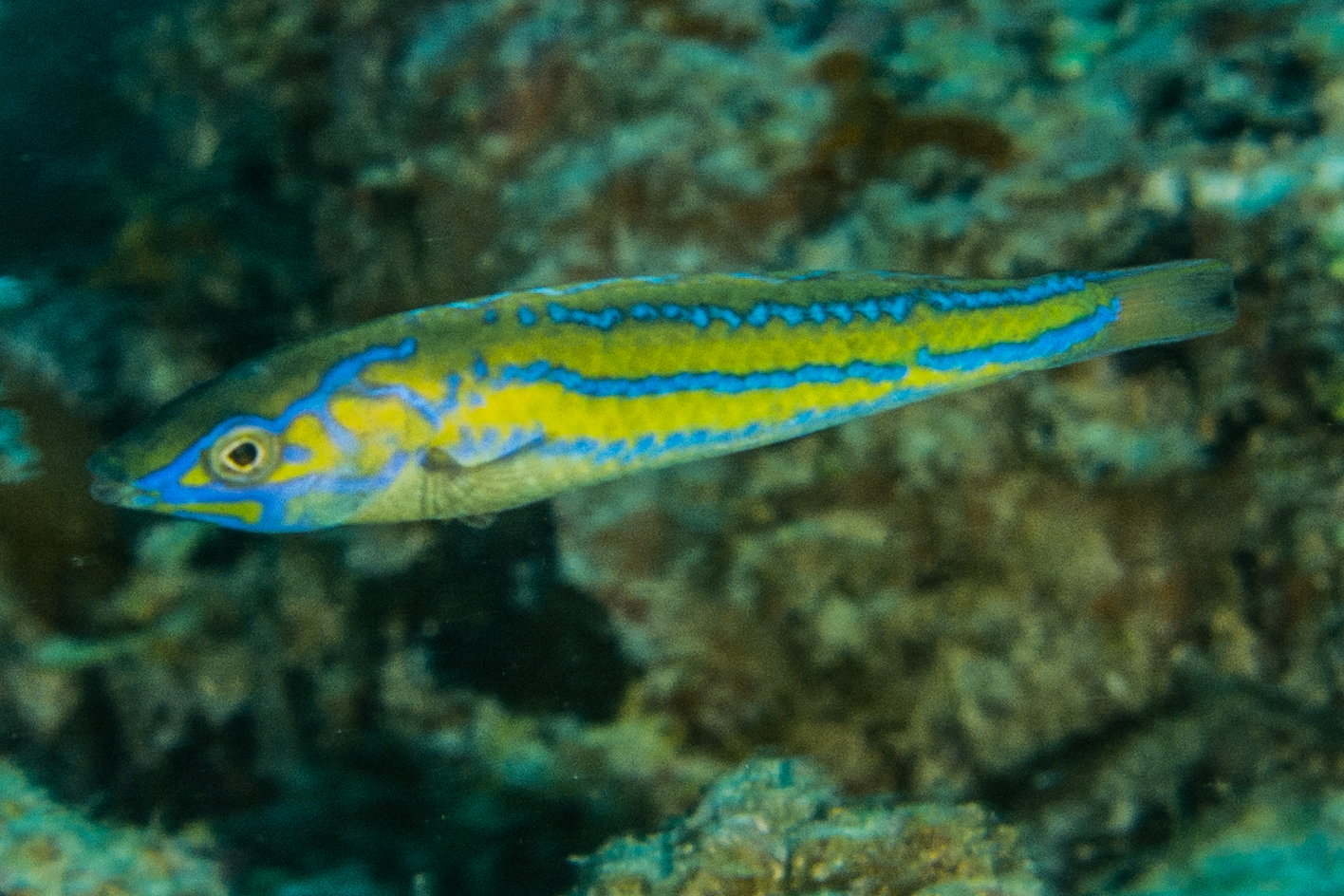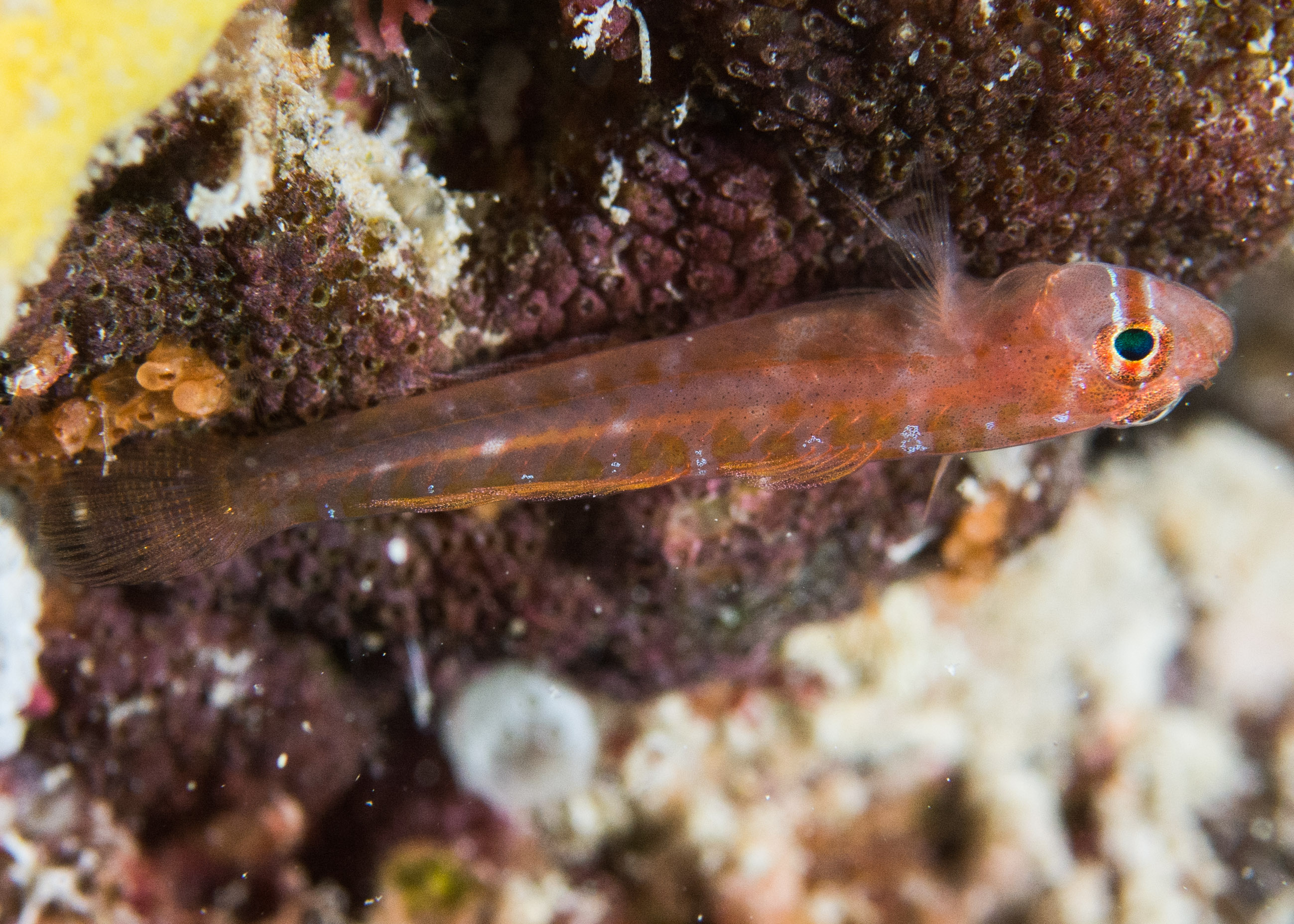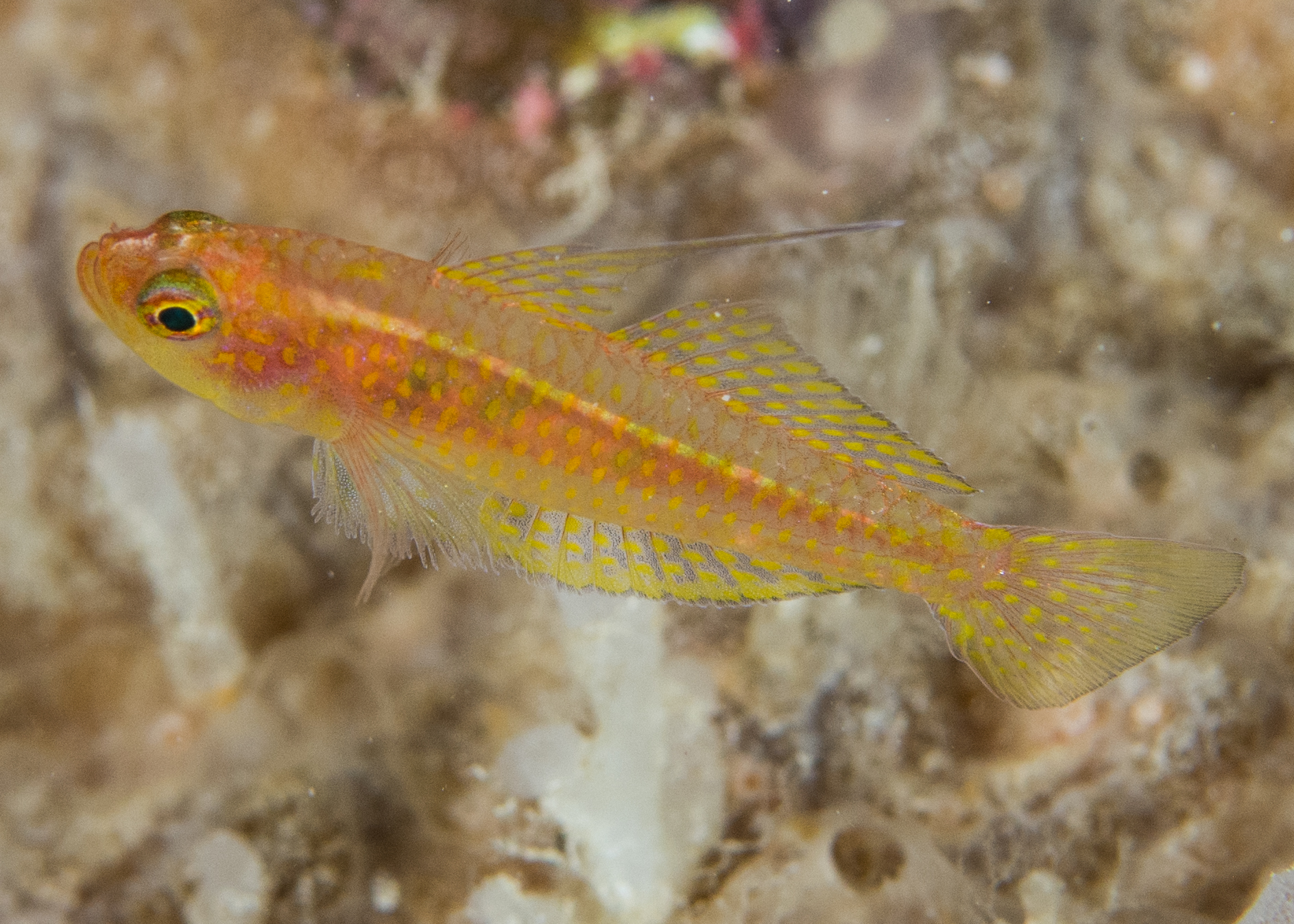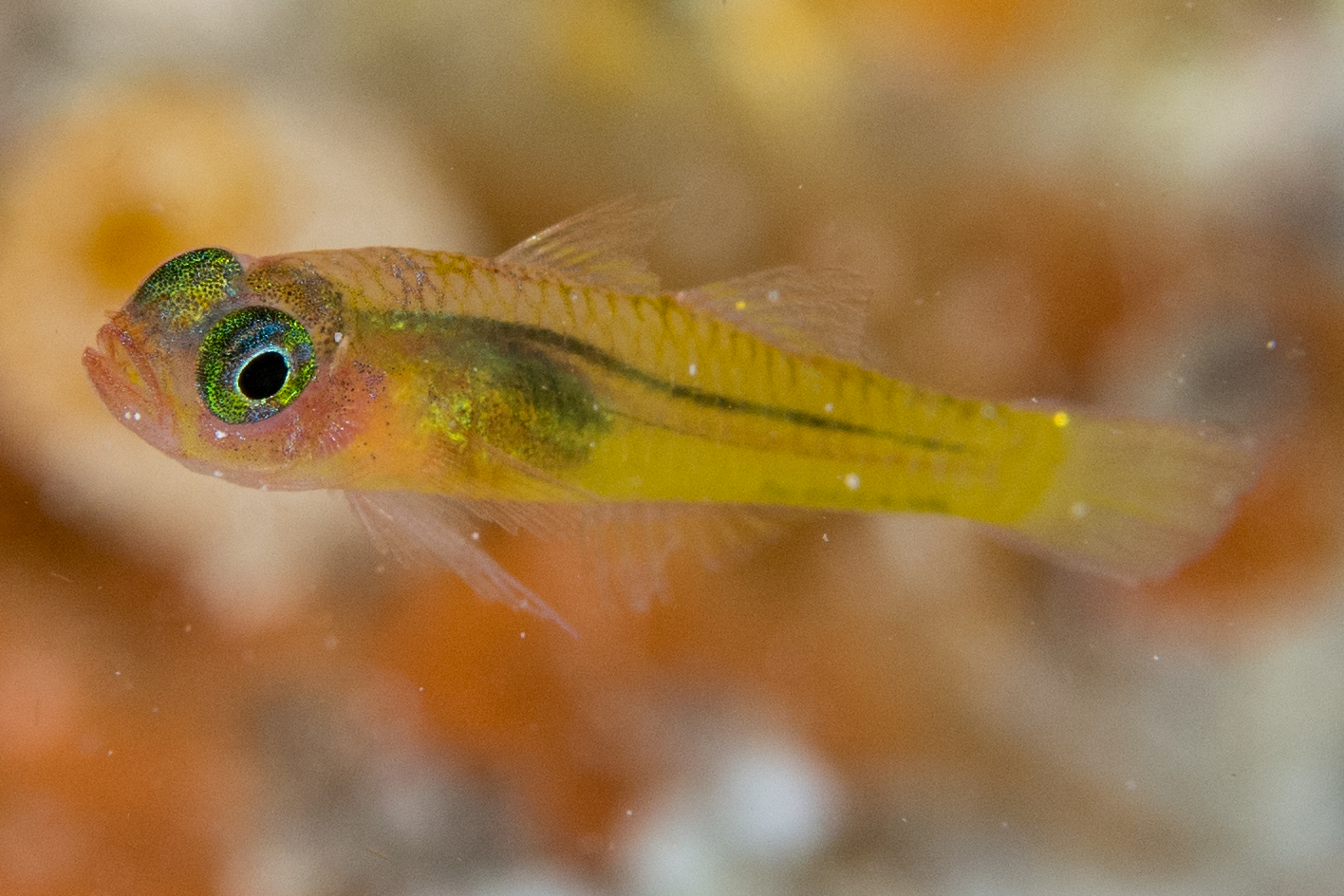Meet the new kids (fish) on the block (reef)
A new paper published by the Save Our Seas Foundation D’Arros Research Centre Directors, Ryan Daly and Clare Keating Daly, and Manta Trust Founder, Guy Stevens suggests that marine areas of the Amirantes Island group in the Republic of Seychelles may be underestimated in terms of species diversity. To shed light on the current number of fish species at D’Arros Island and St. Joseph Atoll (an area representing less than one percent of Seychelles’ land mass), researchers conducted a ‘rapid biodiversity assessment’.
Biodiversity refers to the number of species in a specified location. Having high amounts of biodiversity means an ecosystem is healthy, with each species, no matter how small, having an important role to play. In this rapid assessment, the team was able to develop a baseline for the number of species present in this area. Over the course of merely 19 days, the team surveyed the major habitats of D’Arros and St. Joseph, recording and attempting to photograph each newly observed fish species.
Their 2017 results recorded the first national occurrences of 16 reef-associated fish species. Astoundingly, a total of 514 species in 71 families were found during the study. The sheer diversity of fishes is incredible for the short timeframe, especially when compared to a recent fish survey recorded at the famous World Heritage Site, Aldabra Atoll which found 182 fewer species.
Here are a few of the species recorded during the assessment:
The presence of the nocturne goby (Amblygobius nocturnus) in St Joseph Atoll was not a complete surprise. There was previously an unpublished report of this goby in the Seychelles Inner Islands and the species has a distribution range from the Red Sea to the Maldives and Mauritius (GBIF) to the Philippines and French Polynesia.
Blue spotted puffer: With its cosmopolitan distribution from Réunion to Indonesia, reserchers were not surprised to encounter the bluespotted puffer (Arothron caeruleopunctatus) off D’Arros Island. The fish has characteristic alternating light and dark rings around its eyes.
Broad banded pipefish: A cryptic cave dweller, the broad red bands of the broadbaned pipefish (Dunckerocampus boylei) gave its presence away. First observed and photographed on the west side of St. Joseph Atoll at a depth of 18 m, the species is known to occur regionally from the Red Sea, South Africa, Mauritius and Indonesia.
Whitespotted garden eel: White spotted garden eels (Gorgasia maculata) have a distribution range from the Comoros Island and Maldives in the West Indian Ocean to the Solomon Islands in the Pacific. This study confirmed the occurrence of this elusive species found at a depth of 26 m.
One spot worm fish: The distribution range of the One-spot worm fish (Gunnellichthys monostigma) rims the Indian Ocean, from the Red Sea and East Africa to Australia. The blue stripe on its head and behind its eyes is only perceptible through examination of a photograph, proving the importance of photographing each species encountered.
False Moorish idol. This false Moorish idol (Heniochus diphreutes) was photographed masquerading off the south side of D’Arros Island. The species is characterised by a pair of black bands across the body with the second band ending at the tip of the anal fin, lacking the distinct black rectangle between eyes and the longer snout of Heniochus acuminatus.
Oriental wrasse. Emphasizing the importance of photographing each species, this photo of the male Oriental wrasse (Oxycheilinus orientalis) provided confirmation of the mid-lateral red stripe of this species. Known distribution falls within the Indian Ocean, from the Red Sea and East Africa to Indonesia.
Pallid pygmy goby. The minute size of trimma species makes them inherently difficult to find and ID without photographing individuals. This pallid pygmy goby (Trimma anaima), characterised by a broad red or orange mid lateral stripe, white belly and thin blue lines below eyes, was a new record for Seychelles but has a typical distribution range from the Comoro Islands and Maldives Islands to Indonesia.
Emery’s goby. Another elusive trimma species, Emery’s goby (Trimma emeryi) was observed and photographed on the east side of D’Arros Island at a depth of 20 m. Its distribution is generally larger than the pallid pygmy goby, stretching from the Comoro Islands and Maldives to Chagos and Indonesia, Guam and Tonga
Ambanoro shrimp goby. This first species record for Seychelles confirms the presence of the Ambanoro shrimp goby (Vanderhorstia ambanoro) within Seychelles waters, beyond its known range from the Red Sea, Madagascar and East Africa to Micronesia and Samoa.
Blemished razorfish. When approached, the blemished razorfish (Iniistius naevus) dives into a sand burrow and effectively disappears. Researchers were able to photograph this species and thus extend its known range by approximately 4300km from the Andaman Islands to Seychelles.
Slender wrasse. The purple cheeks of this slender wrasse (Pseudocoris petila) set it apart, as does its distance from its known range, 4300km from Seychelles in the Andaman Islands. However, there have been more recent unconfirmed reports from South Africa, Réunion Island and Pulau Weh.
Labyrinth pencil wrasse: The terminal male of this species is characterized by its maze of blue stripes along its body. The aptly names labyrinth pencil wrasse (Pseudojuloides labyrinthus) was observed and photographed on the northern side of D’Arros Island at a depth of 26 m. This species has never before been photographed in the wild as its is only previously known from the aquarium trade in Kenya approximately 2000km west of Seychelles.
NO: Trimmatom offucius (Winterbottom & Emery 1981) (Fig. 4d) was observed and photographed off the west side of St. Joseph Atoll (5°24’46.59″S 53°18’59.21″E) at a depth of 18 m on the 15th of September 2017, after the rapid biodiversity assessment was completed. This species is characterised by an orange-red bar about the diameter of the eye across the cheek below the eye (Winterbottom & Emery 1981). Known previously from Chagos Archipelago (Winterbottom & Emery 1981). This record extends its known range by approximately 2000 km further westward and confirms its occurrence in the Southwest Indian Ocean.
Yellow cave goby Trimma taylori (Lobel 1979) (Fig. 4e) was observed and photographed off the west side of St. Joseph Atoll (5°24’46.59″S 53°18’59.21″E) at a depth of 18 m on the 23rd of May 2017. Subsequent photographs of the specimen shown here were taken at the same location on the 16th of September 2017. This species is characterised by elongate second dorsal spine, semi-translucent upper body and yellow to orange spots on the head and median fins (Allen & Erdman 2012, Froese & Pauly 2001, Winterbottom 1984). Distribution ranges throughout the East Indies and is also known from the Red Sea and Chagos Archipelago in the central Indian Ocean (Allen & Erdman 2012, Froese & Pauly 2001). This record extends the known range by approximately 2000 km west of Chagos and confirms its occurrence in the Southwest Indian Ocean.
NO: Trimma winchi (Winterbottom 1984) (Fig. 4f) was observed and photographed off the west side of St. Joseph Atoll (5°24’46.59″S 53°18’59.21″E) at a depth of 18 m on the 23rd of May 2017. Subsequent photographs of the specimen shown here were taken at the same location on the 16th of September 2017. This species is characterised by a yellow body, pink jaws, black melanophores along mid-lateral line and elongated second dorsal spine reaching posteriorly slightly beyond the base of the last dorsal fin ray (Winterbottom 1984). Known previously from Chagos Archipelago (Winterbottom 1984, Froese & Pauly 2001). This record extends the known range of the species by approximately 2000 km further westward and confirms its occurrence in the Southwest Indian Ocean.

